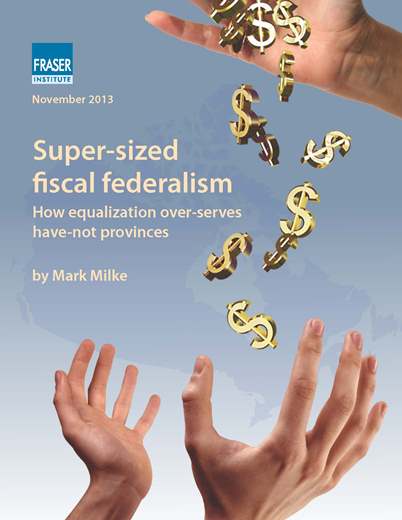Ontario Finance Minister Charles Sousa called his updated financial plan a new direction but in truth it had a nostalgic feel. With his government facing considerable fiscal challenges including an $11.7 billion deficit and growing debt, Ontarians desperately needed a new direction. What they actually got was more of the same: increased spending and a government reluctant to deal with core problems.
government spending
In a recent drive from Saint John to St. Andrews, New Brunswick, I marvelled at the mostly four-lane highway that connected the two points on the map and how empty it was on a Friday evening on a long weekend. I compared it with much of the TransCanada highway in British Columbia, four-laned in portions where it should be six, and often only two-laned where it should be four, as well as to the regularly packed four-lane highway between Edmonton and Calgary.
The government should fix it is a common refrain when people encounter a problem in society. Governments happily oblige because it means more votes for politicians and more work for bureaucrats. Governments themselves also undertake a number of things from encouraging Canadians to be more active, to propping up domestic industries, to trying to create jobs. But can government really deliver? Evidence suggests the answer is a resounding no.
Fiscal policy is really about taxes and spending and the federal government recently provided some hints on its plans in these areas.
In the recent Speech from the Throne, the government reaffirmed its commitment to balancing the budget by 2015-16 and providing "greater tax relief for Canadian families" after the budget is balanced. But what form this tax relief may take remains a mystery.
If there was ever a place that was the anti-Greece when it comes to public finances, it must be Alberta. Compare Alberta to many places around the world, be it European fiscal disasters, or even nearer to home, and in most decades, Alberta shines in comparison.
In 2012, the federal government shocked many Canadians by announcing an important change in the cherished Old Age Security (OAS) program, one of three key income programs for seniors. The reform, which was implemented in the 2013 budget, increases the age of eligibility for OAS to 67 from 65 beginning in 2023 with full implementation achieved in 2029. While the reform is a positive first step given the aging of Canadians, more is needed.

